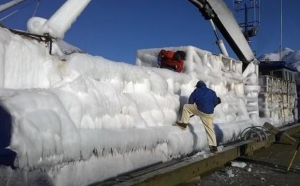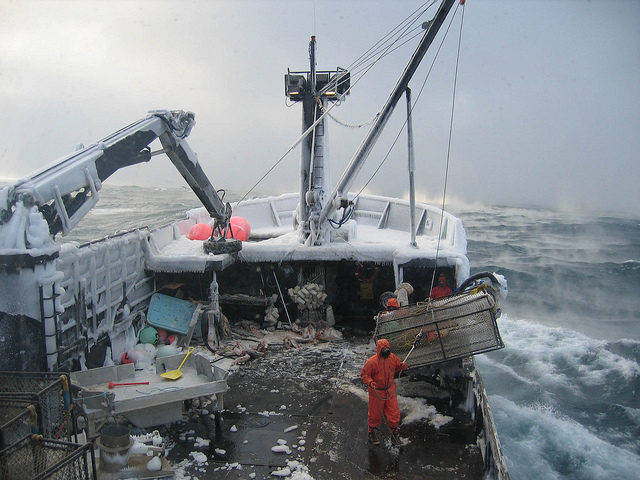Safety Rules Still Lax After F/V Scandies Rose and F/V Destination Losses
 Five years have passed since the tragic loss of the F/V SCANDIES ROSE, and seven years since the sinking of the F/V DESTINATION. Both vessels were burdened with crab pots that exceeded the estimated weights in their stability reports, and both vessels capsized during severe weather conditions. The attorneys at Stacey and Jacobsen, PLLC have been closely involved in these tragic cases, representing both the two surviving crew members of the F/V SCANDIES ROSE and the wife and three children of a deceased crew member from the F/V DESTINATION.
Five years have passed since the tragic loss of the F/V SCANDIES ROSE, and seven years since the sinking of the F/V DESTINATION. Both vessels were burdened with crab pots that exceeded the estimated weights in their stability reports, and both vessels capsized during severe weather conditions. The attorneys at Stacey and Jacobsen, PLLC have been closely involved in these tragic cases, representing both the two surviving crew members of the F/V SCANDIES ROSE and the wife and three children of a deceased crew member from the F/V DESTINATION.
Despite a 2010 congressional mandate for stability training, the U.S. Coast Guard has yet to implement the requirement. Currently, there is no formal process in place for reviewing stability calculations for non-processor crab vessels or the vast majority of fishing vessels operating in Alaska.
A stability report for crab boats, like those used in the fishing industry, is a crucial safety document that details how a vessel behaves in various loading conditions, ensuring that it remains stable and safe in the water.
 Maritime Injury Law Blog
Maritime Injury Law Blog



